Fortnite Linux: 5 Powerful Ways to Play Smoothly in 2025

Many users of the Linux operating system are curious if they will be able to play Fortnite supposedly. Yes, you can but with little effort. Fortnite Linux setups are growing in popularity as more gamers moved to open-source environments. And while there is currently no support on behalf of Epic Games for Linux machines, there […]
Master PCem Linux Hotkeys: 7 Smart Shortcuts to Boost Control
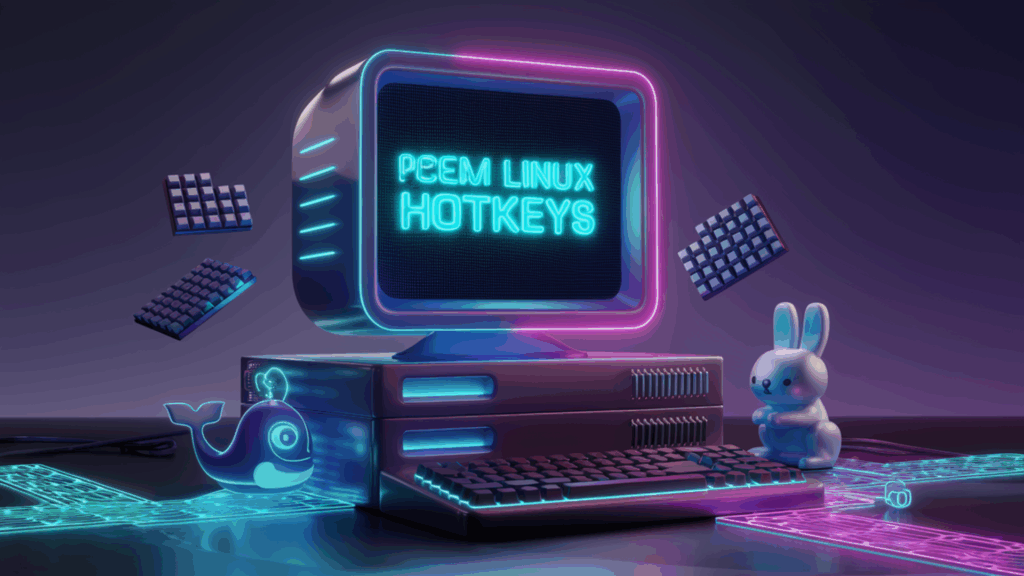
Using PCem on Linux is much smoother once you know the key combinations to press for various emulator functions. PCem Linux hotkeys give you fast and easy access to core emulator features, eliminating search times any time you want to use debugging features, change the video renderer, or configure PCem settings from drop-down menus. There’s […]
Secure Brave for Linux Setup for Fast Private Browsing
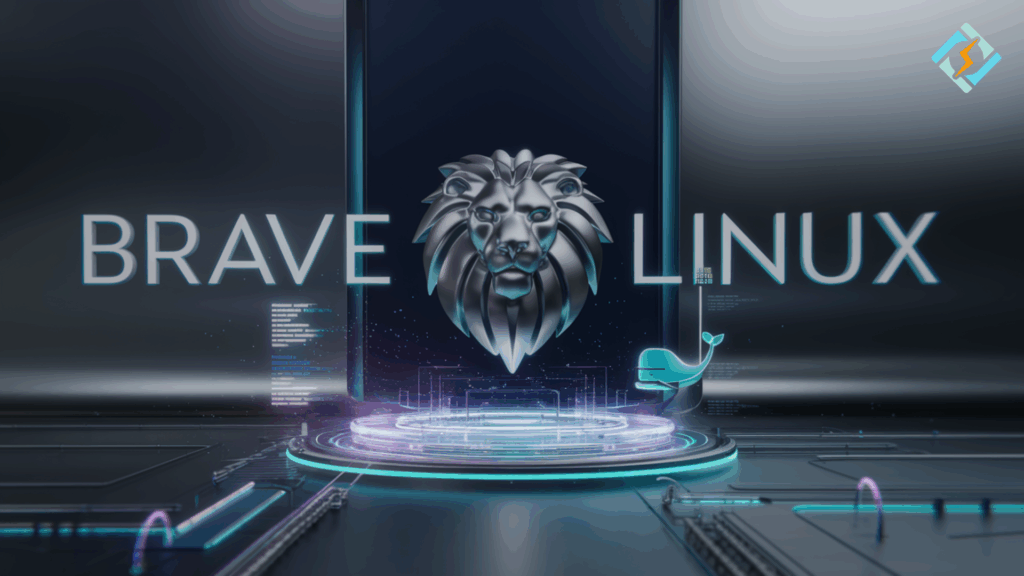
Users who operate Linux systems seek browsers that protect their privacy while providing fast performance and seamless integration with open-source platforms. Brave for Linux operates as a Chromium-based browser that protects user privacy through automatic ad and tracker blocking while maintaining high-speed performance. Brave Browser Linux supports all major Linux distributions, including Ubuntu and Fedora […]
Reliable RabbitMQ Docker Setup for Scalable Messaging

Message brokers are what keep distributed systems connected and reliable. RabbitMQ (Docker) is a simplified way of creating a lightweight, portable, and scalable message broker, without those IT server headaches. Whether you are using microservices or an event-driven architecture, Dockerizing RabbitMQ is going to save you lots of time deploying, configuring, and scaling. This article […]
Master Docker Save Command in 5 Minutes (2025 Guide)
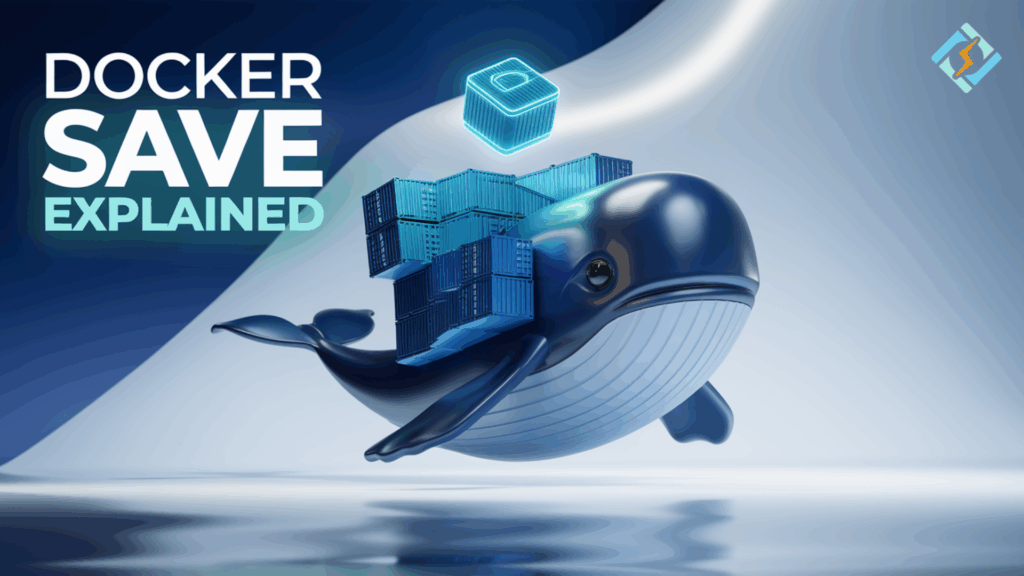
Backing up and transferring container images is an important aspect of using Docker. It may be useful if you are moving images between servers, making image backups, or if you want to share your images, builds, or applications within your team. Just remember, when we say “Docker save,” it simply means the command that saves […]
Ultimate Fargate vs Kubernetes Comparison: Which Wins in 2025?
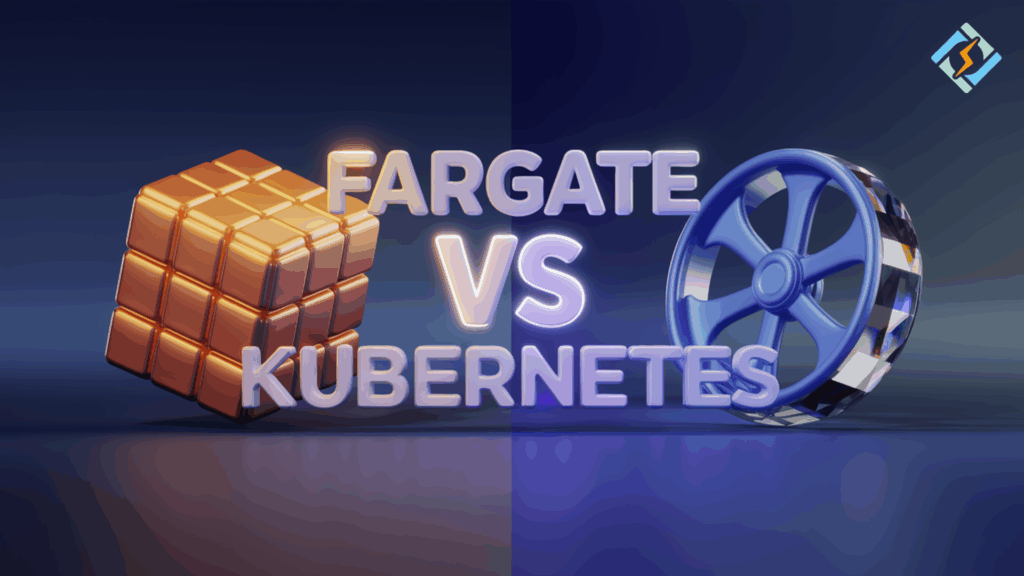
Selecting the ideal container orchestration and deployment solution is a critical component of your cloud strategy. An AWS Fargate vs Kubernetes decision, now at the forefront of using containers, has become a hot debate as organizations and teams shift enterprise workloads to container-based models (Kubernetes, ECS/EKS, etc). Both provide excellent capabilities for running containerized applications […]
Effortless Way to Mount NTFS Linux Drives in 2025
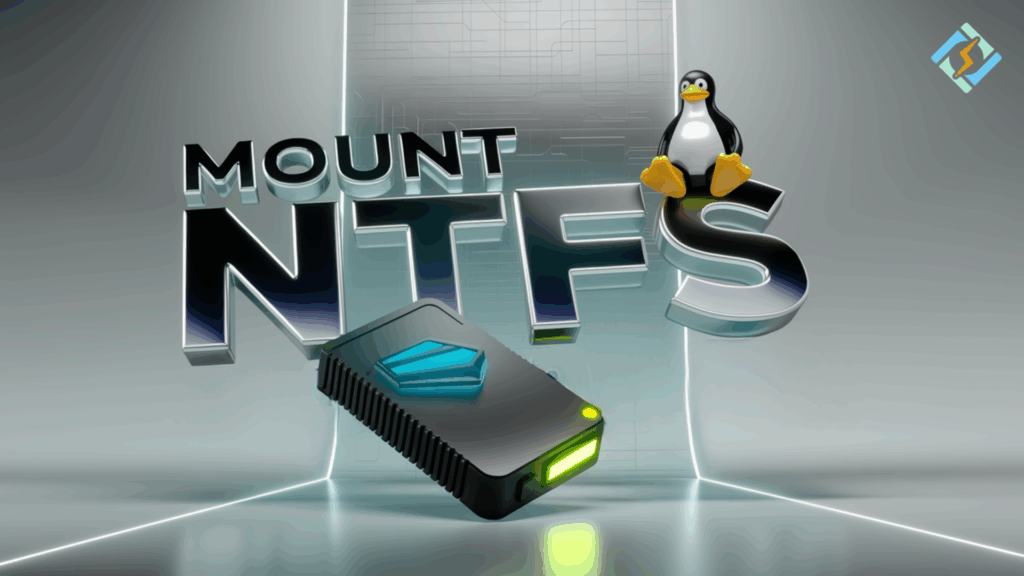
For newcomers to Linux, mounting NTFS can sometimes be challenging. Whether you are coming in from Windows or simply connecting an external drive, understanding how to mount NTFS Linux file systems properly guarantees you can access, change, and transfer files without issue. The methods for mounting in Linux are extensive and potentially overwhelming for new […]
Powerful WireGuard Docker Setup for Secure Networking
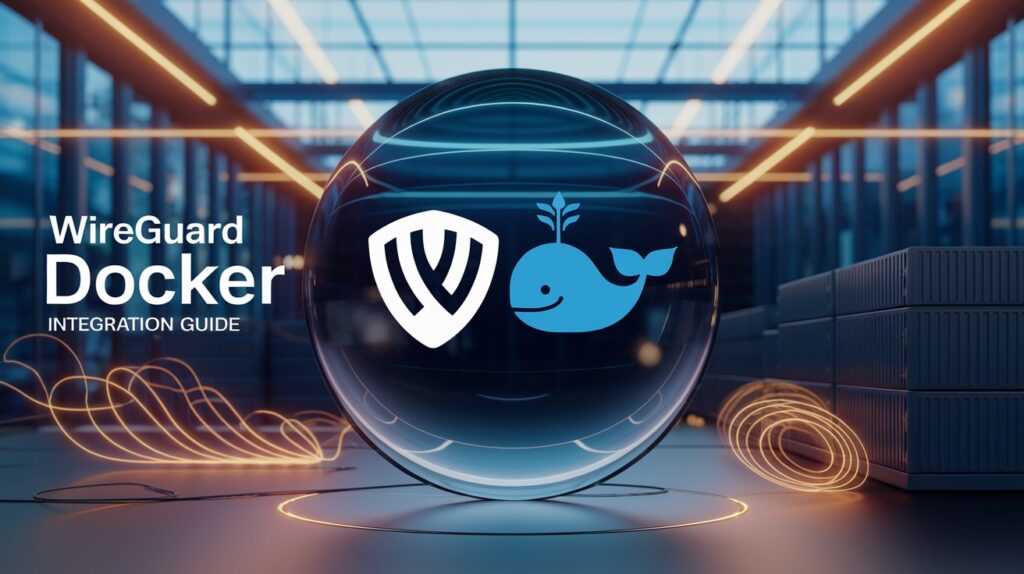
Contemporary server environments typically use private, encrypted connections to ensure security. WireGuard Docker provides an efficient, fast, secure VPN option that works well with containers. Whether you’re hosting applications, linking remote servers, or creating a secure lab environment, WireGuard running in Docker gives you the ability to manage your own network with minimal overhead. This […]
Secure Networking with Tailscale Docker Setup

Establishing reliable and private networks between servers, containers, and devices can be a significant hurdle. Tailscale Docker changes that. Tailscale allows you to run Tailscale inside containers and connect it to your private mesh VPN without much configuration. It may help simplify server access, secure containers, or build a private lab. Tailscale provides a nice […]
Master Docker Init: Quick Start Guide for Containers
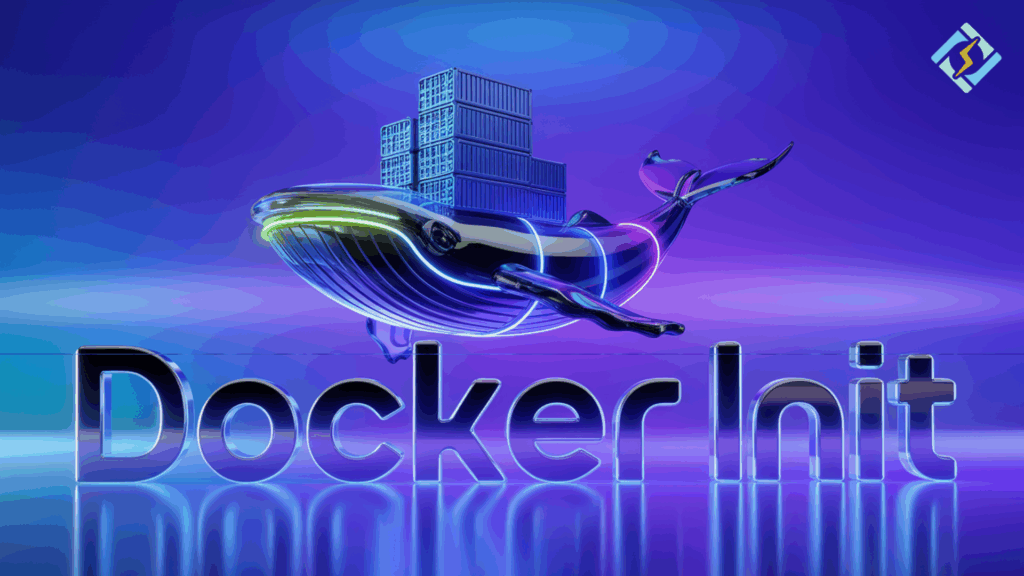
The docker init command is especially useful when working with Docker Compose init, initializing SQL databases in containers, or even setting up Docker Swarm clusters. Instead of creating YAML or config files from scratch, Docker generates them for you, ensuring consistency and saving time. For developers managing complex microservices or simple applications, docker init reduces […]
LXC vs Docker: Ultimate Showdown!
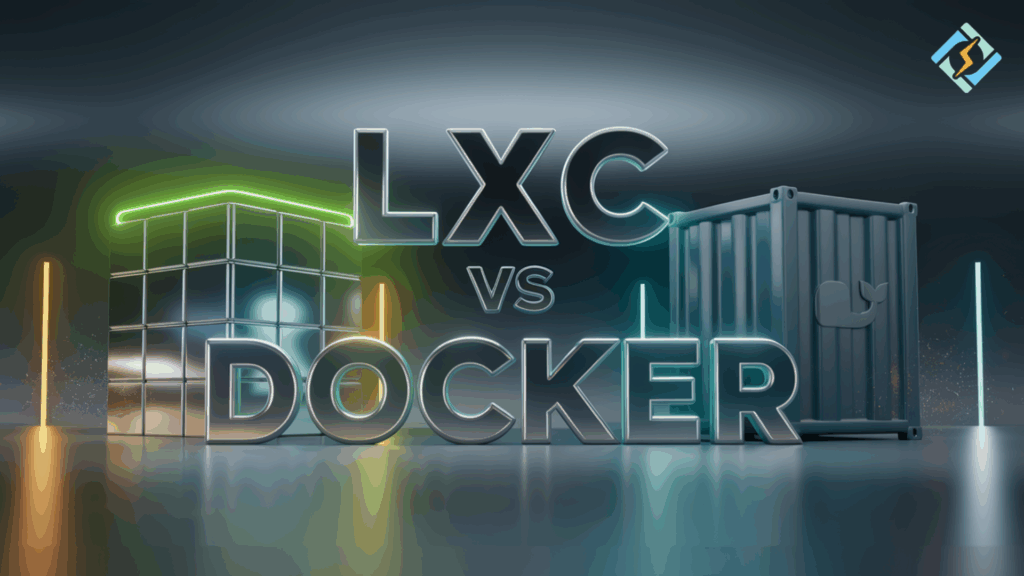
When it comes to containerization in Linux, there are two popular tools to rage a debate: LXC vs Docker. Both have a way to isolate applications, but they execute differently. LXC (Linux Containers) is focused on lightweight virtualization at the OS level, while Docker containers focus on packaging applications and deploying them more simply. For […]
Nice and Renice Command in Linux: Your One-Stop Guide!
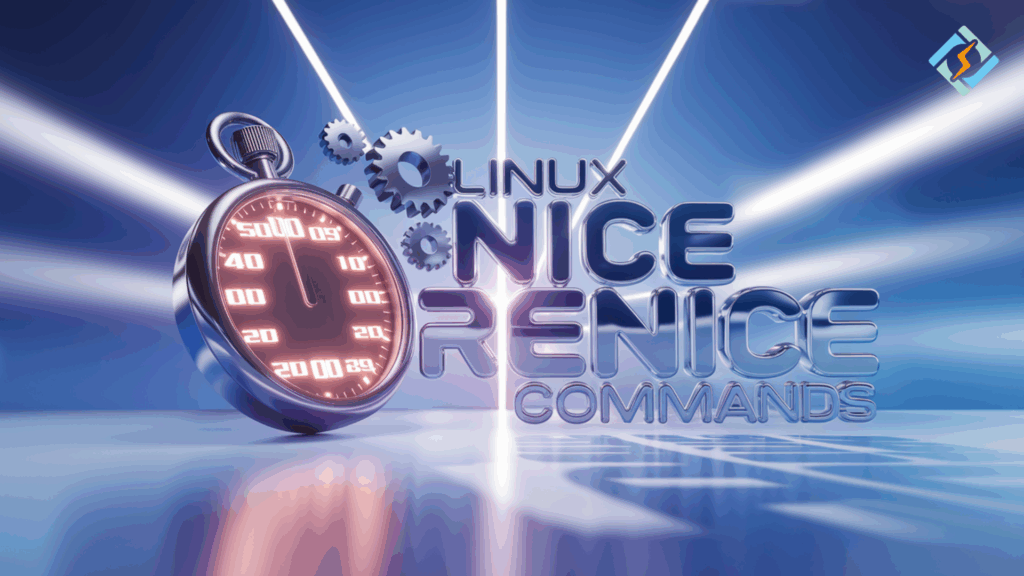
Linux is famous for its ability to operate multiple processes at the same time. Many times it so happens that a heavy process utilizes a lot of resources, causing the functioning of the entire system to slow down. This is where the nice and renice command in Linux step in. They help you set the […]

